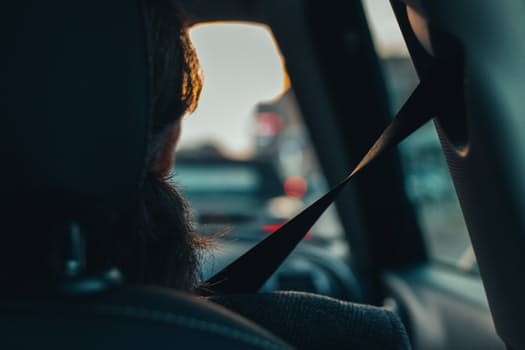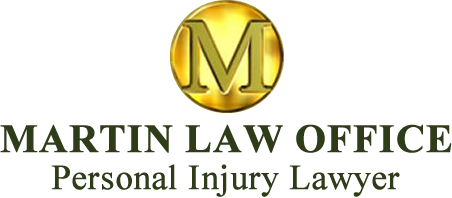TAKE CONTROL

When we think of driving anxiety after a crash, we always think of the driver. Everyone understands it is terrifying to get behind that wheel again after a car crash. But too often we forget about the passengers. We forget that passengers are fearful too.
Their fear is genuine. Passengers also need our help and understanding.
Passengers make up a huge class of injury survivors. Front seat passengers always come to mind but the reality is that so many passengers are also victims of bus, shuttle, taxi, uber and other ride share crashes. Motor vehicles are a way of life and essential to get to work and medical appointments. Whether your partner is driving your car, or you use transit or ride share, getting back into some kind of motor vehicle may be unavoidable after your crash.
Their fear is real and complex. When a driver gets behind the wheel again, there may at least be some small sense of control. But passengers sit passively. Trusting in their driver. Waiting and fearing for another crash to happen. That sense of helplessness and hopelessness can be overwhelming.
So what can family, friends and professionals do? Our support is always needed and deeply appreciated. But there really is no one easy or perfect plan to fix a fearful passenger.
Every passenger is just as unique as the crash that made them fearful.
An injured passenger should always know that:
- You Are Not Alone: You didn't make this up. You are not pretending. And you never need to suffer in silence. Many crash survivors are struggling with the same fear. You don't have to reinvent the wheel. Community and online support is just as real as your fear;
- Your Family Doctor: knows you and knows your pre-crash medical history. Your family doc is plugged into the most up to date community resources. And you can ask her for a referral to a therapist or specialist. Funding for your therapy may be available through your Ontario Statutory Accident Benefits (SABs) with your own car insurance policy;
- Online Support: network with friends, family and social media to find established web communities led by crash survivors who know and understand what you're going through. Quietly follow for a few days to get a feel for the group. Trust your instincts. Test the waters. They understand;
- Give Yourself a Break: be kind to yourself and practice some self-care. Be realistic about your progress. Set realistic and attainable weekly goals. Trust in your driver is earned one quiet suburban block at a time. One country mile may do more good than a fearful frenzied drive on that busy highway;
- Support Your Partner: driving a crash survivor is a difficult and usually thankless job. Your partner, family or close friend wants to help. But he might not have the skills or the insight. Be honest with your driver. Let them know what you can handle and what you can't. Be a team. Give yourself and your driver a fighting chance to work through your fear together; and
- Medication: your family doctor should know you. Find out what is right or wrong for you and if meds are a safe and helpful part of your recovery plan.
You are not alone
Your injury lawyer and your family doctor are great resources. Use us. Let us do our job. Let us help.
Experienced injury lawyers know that drivers are not the only survivors that struggle after a crash. Passengers also need our help. And your driver partner or family member may also need our assistance with their Family Law Act companion claim. Serious crash injuries aren't just broken bones. Severe psychological and emotional injuries are real.
Call Martin Law and find out what we can do to help you and your family.
Front Sear Fear
Supporting Our Passengers

